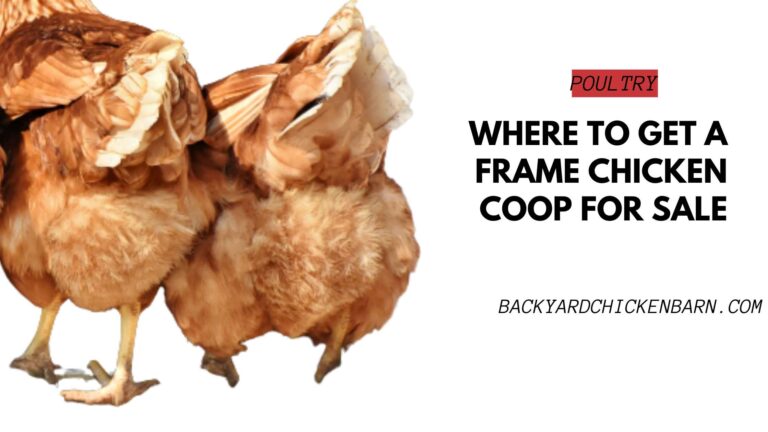The Biggest Chicken Breed: The Jersey Giant
When it comes to chicken breeds, the Jersey Giant holds the title of the largest. This breed is renowned for its impressive size, making it a favorite for meat production and a unique addition to any flock. Let’s explore the Jersey Giant in detail to understand why it stands out as the biggest chicken breed and how it can benefit your poultry-keeping experience.
Jersey Giant Overview
- Origin: Developed in the United States, specifically New Jersey, in the late 19th century.
- Purpose: Bred to replace turkeys for meat production.
- Size: Roosters can weigh up to 13-15 pounds, and hens typically weigh between 10-12 pounds.
- Appearance: Large frame, black, white, or blue feathers, and a calm demeanor.
Key Characteristics
1. Impressive Size
- Roosters: 13-15 pounds
- Hens: 10-12 pounds
- Their large size makes them suitable for meat production and adds a striking presence to any flock.
2. Meat Production
- Jersey Giants have large, broad bodies ideal for meat.
- Although they are slow to mature, the quality and quantity of meat are well worth the wait.
3. Egg Production
- Hens lay around 150-200 large brown eggs per year.
- Egg production is moderate, but the size of the eggs is impressive.
4. Temperament
- Known for their docile and friendly nature.
- Easy to handle and great for families and beginner poultry keepers.
Care and Management
Housing
- Require spacious and sturdy coops to support their large size.
- Ample outdoor space for foraging is essential to keep them healthy and active.
Feeding
- High-quality feed to support their growth and overall health.
- Plenty of protein, especially during their growth phase.
- Supplement with greens and grains for a balanced diet.
Health Considerations
- Generally hardy, but their size requires regular monitoring for leg issues.
- Maintain a clean living environment to prevent common poultry diseases.
Comparison to Other Large Breeds
| Feature | Jersey Giant | Brahma | Cochin |
|---|---|---|---|
| Size | Largest (13-15 lbs) | Large (10-12 lbs) | Large (8-11 lbs) |
| Egg Production | Moderate (150-200) | Moderate (150-200) | Moderate (150-180) |
| Temperament | Docile | Calm and gentle | Very friendly |
| Feathering | Tight | Feathered legs | Extremely fluffy |
Tips for Raising Jersey Giants
1. Space and Shelter
- Ensure your coop is spacious and robust.
- Provide at least 10 square feet per bird in the run.
2. Diet and Nutrition
- Start chicks on a high-protein diet (20-24%) for the first 8 weeks.
- Gradually shift to a lower protein feed (16-18%) as they mature.
- Offer calcium supplements for laying hens.
3. Health Monitoring
- Regularly check for signs of leg issues.
- Maintain a clean living environment to prevent disease.
4. Interaction
- Handle them gently and often to maintain their docile nature.
- Integrate slowly with other breeds to avoid pecking order issues.
Pros and Cons of Jersey Giants
Pros:
- Largest chicken breed, excellent for meat production.
- Friendly and easy to handle.
- Decent egg layers.
Cons:
- Slow to mature compared to other breeds.
- Requires more space and stronger structures.
- Potential leg health issues due to size.
Conclusion
The Jersey Giant is a remarkable breed that stands out not only for its size but also for its versatility and friendly nature. If you have the space and resources to accommodate these gentle giants, they can be a rewarding addition to your flock, providing both meat and eggs. Whether you’re a seasoned poultry keeper or a beginner, the Jersey Giant is a breed worth considering for its unique combination of size, productivity, and temperament.
Understanding the specific needs and characteristics of the Jersey Giant can help you decide if this giant of the poultry world is the right fit for your farm or backyard. Happy chicken keeping!


